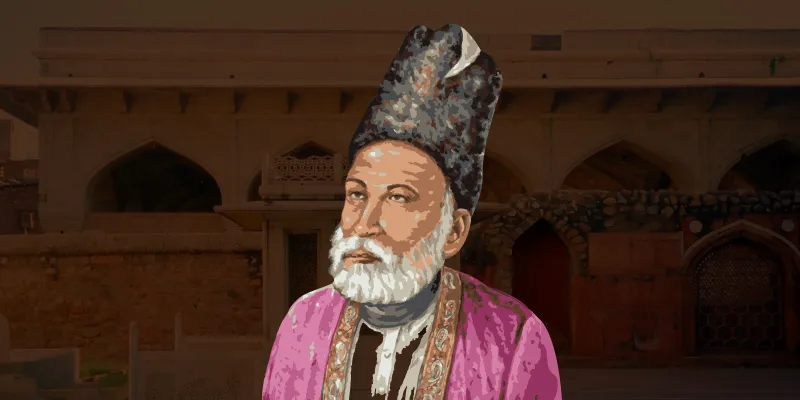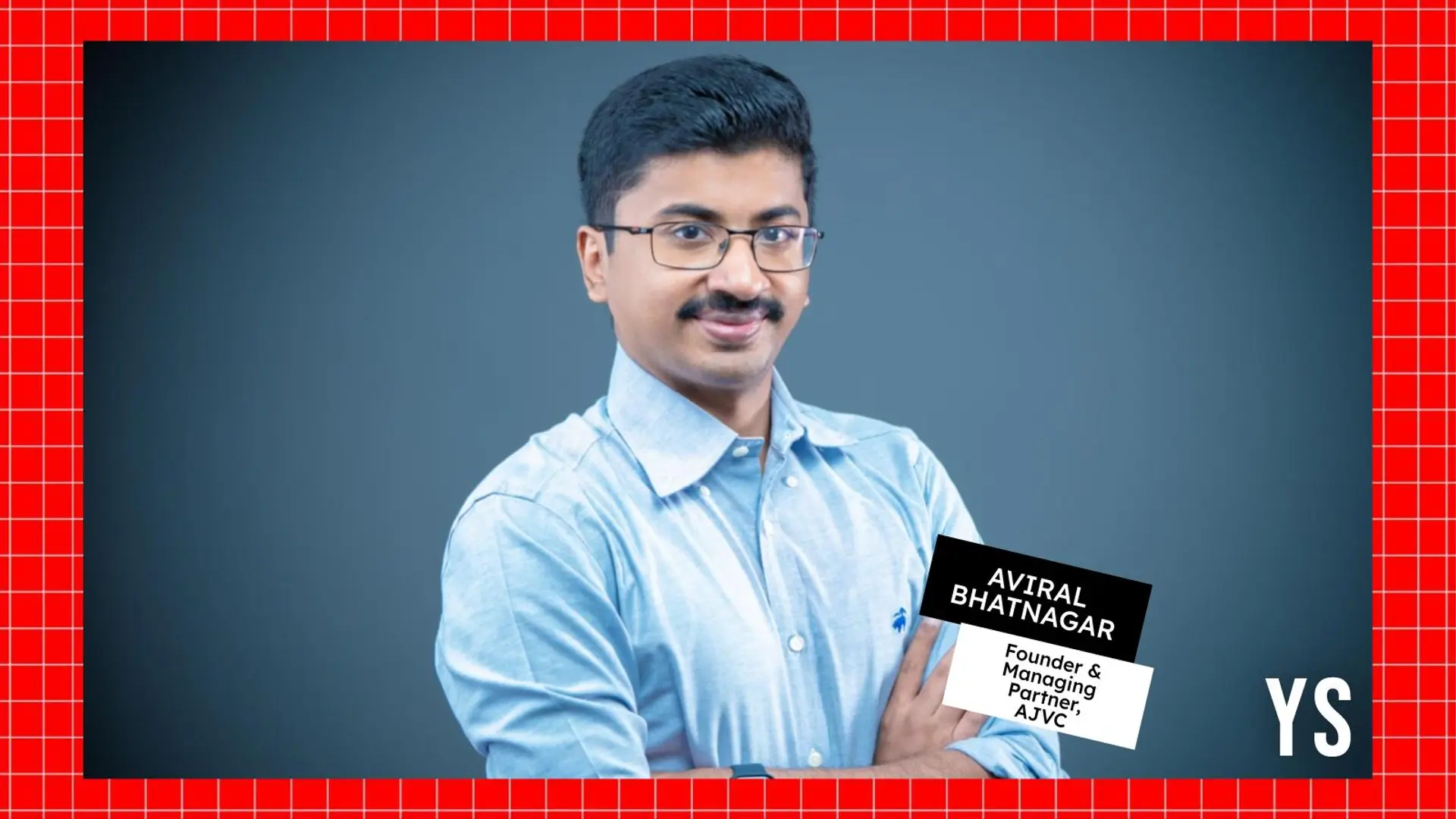What Ghalib told us about building a brand
Creating a brand is much more than just identifying the right area to play in or marking a target segment. Analyses lead you to the right solution space, but the identity of the brand is still to be created. You need a belief system to finally settle on one identity – the brand. This is a glimpse into one facet of our brand building journey.
If brand building were a formula, we would have weighed it in kilograms or kilobytes. A multitude of concepts, ideas, thoughts, depictions, and expressions need to align for a brand to be visible to the eye, let alone have a place in the heart. Market research gives you data and information about the consumer needs and sentiments. Analytics on data makes the picture clearer. Very important indeed, but still, the pieces need to be stitched together to give it a shape. While you may follow the 5 Ps, 3 Qs, and 7 As from your B-school brand building manual, it all comes down to 'feeling the brand'. A brand has to be emotive. A brand needs to pulsate. It cannot be inert. It has to be alive. There is something more required to create a true brand. You need conviction on one idea, one image, one message, one identity, one brand. That conviction comes from philosophy.

We all reach out to a senior friend, philosopher, or guide for intense discussions during the brand building process. Well, in our case, that friend happened to be senior to us by a couple of centuries. We sought refuge in Ghalib's works, to tame our wild running, scattered thoughts. Here are some of his ideas and thoughts that inspired us during the process of designing the brand MCaffeine.
Market research and perceptual maps told us that there is a market gap in terms of personal care offerings for the hyperactive wandering soul. Discussions ranged from the Ladakh touring bikers to work avoiding crowds at the chai stall. The challenge is this – you see what you want to see. How do you converge? Ghalib told us that the desire to be free is eternal. We all might be trapped in mundane lives. Some of us may have an adventurous stint once in a while. The soul wanders and desires to be free.
We, people, are designed as anxious and hyperactive. Anxiety is an innate trait of ours. While we may seek the Buddha within us, we spend our lives striving for something. Some aid peace. Some need to aid action. We chose to aid action. We chose to design a brand that is for the action-oriented. The brand should serve a purpose. The brand needs to be a part of people's lives. There is more to the product than just being bought; it must be effective. Brand identity association needs to be compelling. Brand obligation is the goal we need to strive for. Brand loyalty shall happen mid-way. If Ghalib were a marketing guru, I bet his treatise would have comprised of a few couplets, with no need for elaborate chapters. A simple summarisation of brand obligation in two lines.
He hit the nail on the head here. We are not free. After all, we pick and choose the advice we want.
This piece is an attempt to reflect upon convergence of ideas. Ghalib has written more about life than I would be able to absorb in this lifetime. Nor is this an attempt to stitch together marketing science and poetry. This is what we went through and sought shelter in. There are infinite ideas that float around, and enough experts to tell you that whatever has been chosen is the less optimal option (even if it was them who had proposed it sometime back).
Brands may succeed or bite the dust, but each has its own story. We could write stories of glory after a brand is successful. We may choose to ignore all that failed. We may choose to prove why we were right with our perfect hindsight. Here is an attempt to put the story forward while we are fighting to create a space for ourselves. We may rise or fall, but we will celebrate our efforts along the way.
We, as a brand, trust our customers, followers, and admirers to take notice of us. Taking solace in Ghalib again.
Dear Ghalib - a master you are
I am Caffeine
Every choice in brand building has multiple facets. When you are trying to get that unique positioning, you need to balance the market size. When you chase the market size, you are trying to map the proportion of early adapters in the pool. We have borrowed enough that we owe some credit to statisticians, marketers, and economists for our decisions. Some pointed us to the right questions, others helped us realise that seeking deterministic answers could be naive. Hopefully, we will be able to talk more about them and their contribution in our brand building process.
(Disclaimer: The views and opinions expressed in this article are those of the author and do not necessarily reflect the views of YourStory.)







